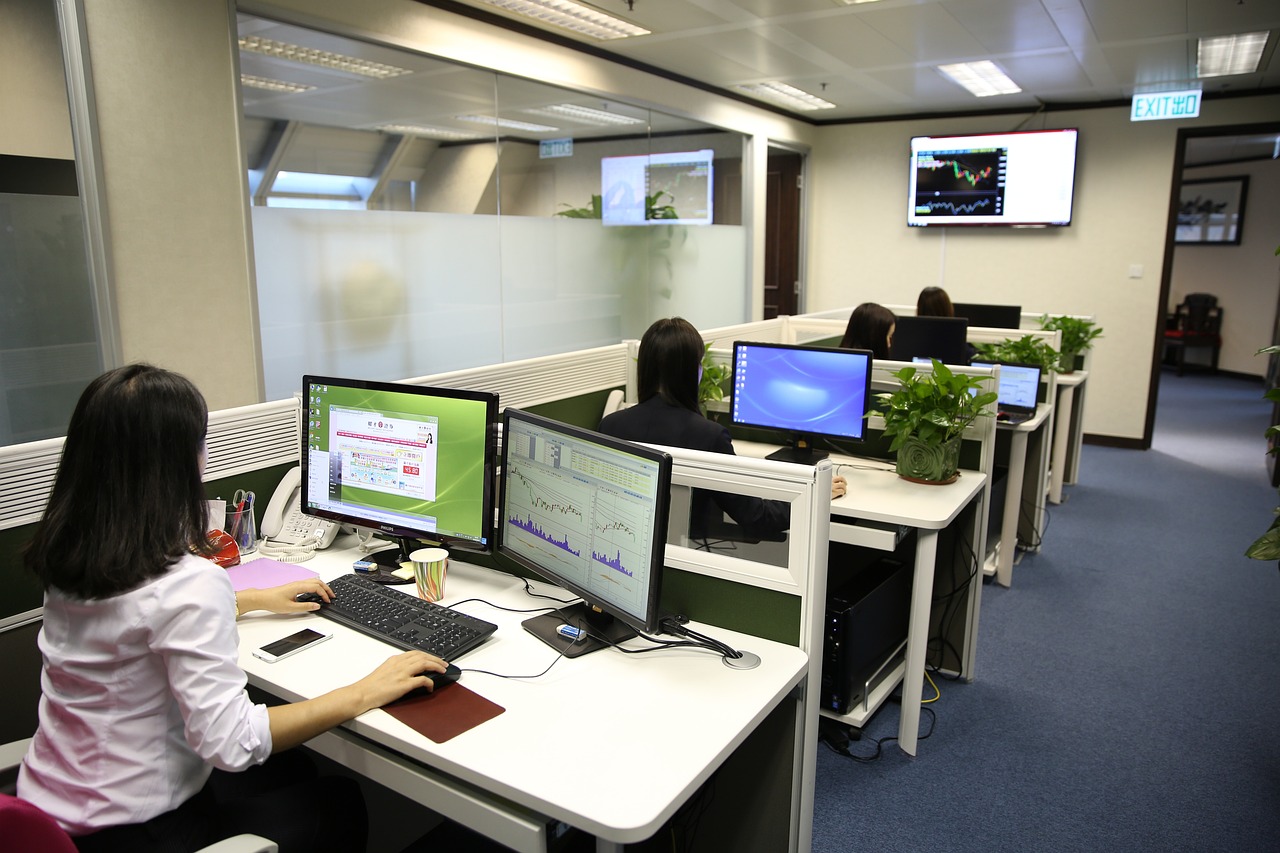
Tranquil Touch: Embrace Serenity and Wellness Through Massage
Discover the transformative power of massage therapy with “Tranquil Touch,” a journey towards achieving serenity and overall well-being. Embrace relaxation and rejuvenation for a healthier life.
• The Origins of Massage Therapy
Massage therapy dates back thousands of years and spans many cultures. Ancient civilizations like China, Egypt, and Greece used massage as a healing practice. In China, it was integrated into traditional medicine around 2700 BCE to treat various ailments. Egyptians depicted massage in tomb paintings, while Greeks, particularly Hippocrates, recognized its medical benefits. He famously described it as “the art of rubbing.” Over time, these traditions spread globally, evolving into various forms and techniques.
• Benefits of Regular Massage
Regular massage therapy sessions offer numerous health benefits, encompassing physical, mental, and emotional well-being. Physically, it enhances blood circulation, reduces muscle tension, and improves flexibility. These sessions can accelerate the body’s natural healing process, making it invaluable for recovery from injuries. Mentally, massage helps lower stress levels by reducing cortisol, the body’s primary stress hormone. It also boosts the production of ‘happy hormones’ like endorphins and serotonin, improving mood and combating anxiety and depression. Emotionally, the calming effects of massage foster a sense of peace and relaxation. Regular sessions create a sanctuary from daily stressors, promoting a balanced, healthier lifestyle.
• Different Types of Massage Techniques
Massage therapy encompasses various techniques, each designed to target specific needs and preferences. Swedish massage, the most common form, employs long, gliding strokes to relax muscles and improve circulation. Deep tissue massage focuses on deeper muscle layers to relieve chronic pain and tension. Sports massage aids athletes by preventing injuries and enhancing performance. Hot stone massage uses heated stones to alleviate muscle stiffness. Aromatherapy massage incorporates essential oils for added relaxation and emotional benefits. Thai massage, a more active approach, involves stretching and deep pressure to improve flexibility and energy flow. Each technique offers unique benefits, catering to diverse wellness goals.
• Choosing the Right Massage for You
Selecting the ideal massage depends on your specific needs and preferences. If you seek relaxation and stress relief, a Swedish or aromatherapy massage might be best. For chronic muscle pain or tension, opt for deep tissue or hot stone massage. Athletes or those with an active lifestyle can benefit from sports massage, addressing injury prevention and performance enhancement. Thai massage suits individuals looking to improve flexibility and energy flow. It’s essential to communicate your health concerns and goals with your therapist, ensuring they tailor the session to meet your needs. This personalized approach maximizes the therapeutic benefits.
• Preparing for Your Massage Session
Preparation enhances your massage experience. Start by hydrating well, as massage can release toxins from muscles. Wear comfortable, loose-fitting clothing and avoid heavy meals beforehand. Arrive early to fill out any necessary paperwork and discuss your needs with the therapist. This conversation helps them understand areas to focus on or avoid. Inform them of any medical conditions or injuries to tailor the session safely. Mentally, set aside time to relax and disconnect from daily stressors, creating a serene mindset. This preparation ensures a smoother, more effective session, allowing you to fully reap the benefits of massage therapy.
• Post-Massage Care and Tips
After a massage, follow these steps to enhance its benefits. Hydrate to flush out toxins released during the session. Rest and avoid strenuous activities for the next 24 hours, allowing your body to recover and integrate the treatment. Light stretching can help maintain flexibility and relieve any residual tension. Apply heat or cold packs as needed for sore muscles. Reflect on how your body feels and any changes in your well-being. Incorporate these insights into future sessions for a tailored approach. Regular massages and these post-care steps foster long-term physical and mental health improvements.
• The Role of Massage in Modern Wellness
Massage therapy plays a vital role in modern wellness, complementing conventional medical treatments and promoting holistic health. It is integrated into wellness programs for managing chronic conditions, enhancing recovery, and improving quality of life. In corporate settings, on-site massages reduce employee stress and boost productivity. Hospitals and clinics use massage for pain management and patient comfort. Despite advanced medicine, massage’s holistic approach remains valued. It addresses physical, mental, and emotional aspects simultaneously. As stress and lifestyle-related illnesses rise, massage therapy offers a natural, effective means to maintain balance and wellness, demonstrating its lasting relevance and efficacy.



